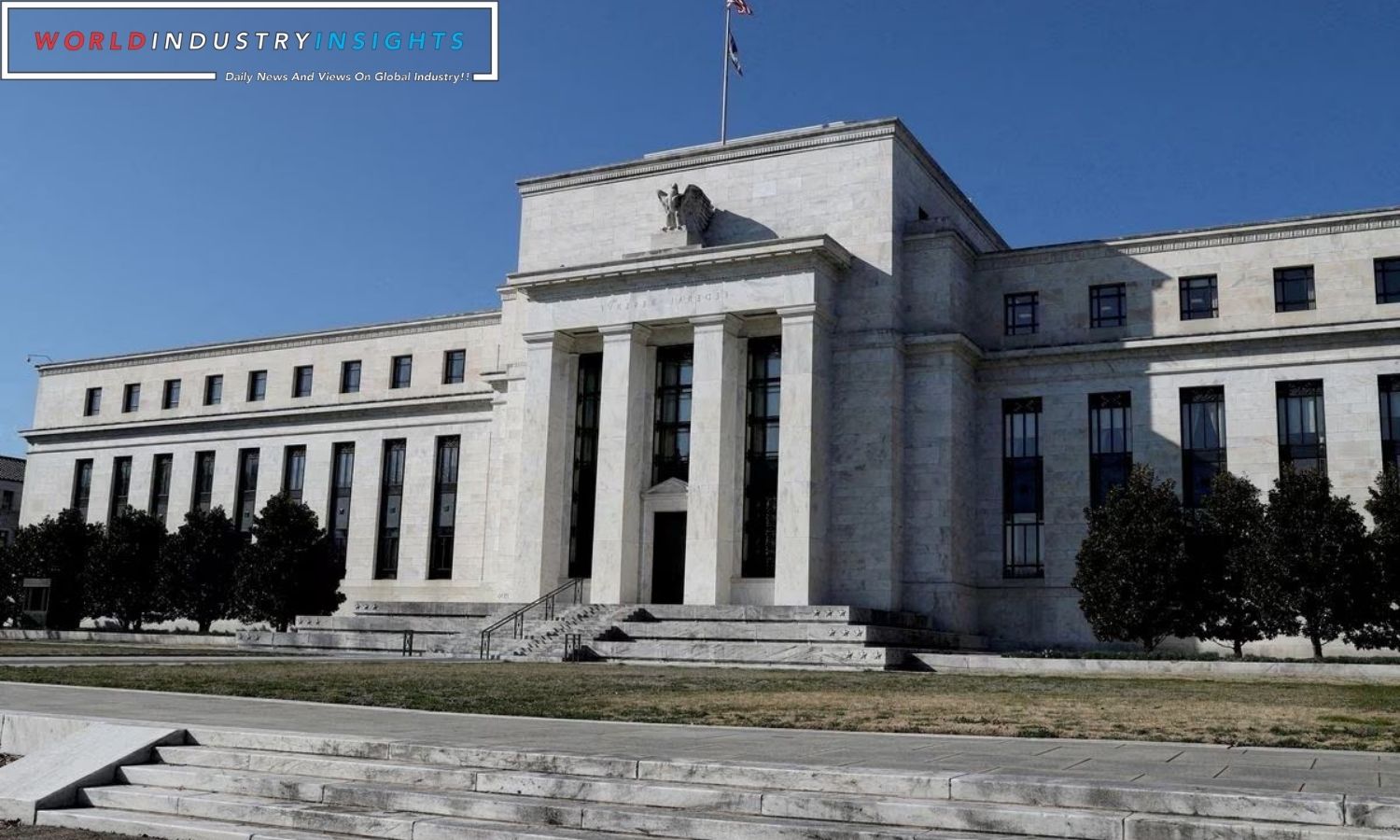Federal Reserve Gaze Shifts Markets: The US dollar has fallen since its two-month peak. This is because the world is focused on the Federal Reserve chairman’s remarks. Every sign of forthcoming financial plans is being examined for anticipation. The yen has remained constant at 146 yen per dollar. This makes market predictions difficult for the international financial community.
An index that compares the dollar to the world’s six major currencies fell 0.145% to 103.44. However, the figure was close to its highest peak in two months, 103.71, which had occurred the day before. Starting this month, the index has risen 1.6%. This might reverse the two-month decline.
Currency markets have been savvy recently despite summer’s slowness and the Fed’s Jackson Hole meeting. Things have been quiet, according to OCBC Singapore finance specialist Christopher Wong.
At a symposium on August 24-26, Federal Reserve Chairman Jerome Powell will discuss the country’s financial destiny. The world is watching. The event will be at the San Francisco Federal Reserve Bank. Good economic news has eased US recession fears. However, inflation has risen above the Fed’s 2% target, raising concerns that interest rates will remain high. This is because inflation is above target.
Richmond Federal Reserve employee Thomas Barkin recently said that any economic growth could require the US bank to rethink its inflation algorithm. Federal Open Market Committee members include Barkin. Statistics indicate that the Federal Reserve will likely maintain its position at the next policy meeting. This is because the Federal Reserve should continue its current actions. Interest rates are now more likely to rise before the year ends.
Read More: US Bond Yields Surge: Unraveling the Dance of Inflation and Economic Resilience
A decline in consumers’ additional savings and the possibility of a rate pause in September could make them less thrilled as the year ends, according to Nuveen analyst Saira Malik. As they approach closer, investors are paying more attention to US, UK, and Euro zone PMI statistics.
Even if they are near to the 146 yen barrier, traders are still watching for signs of action. People think historical events, like when the dollar briefly reached 145 yen, caused these adjustments. Former BOJ member Atsushi Takeuchi believes a 150-yen threshold may bring Tokyo back into the market. This standard will be the catalyst, he believes. Market whispers believe Tokyo may return to help its currency. These variables are more important politically than economically, he added.
A Global Research specialists believe that while actions may help in the short term, they cannot solve the yen’s decline. The Bank of Japan and Japan now have greater control over how long this calm will persist than last year. A measure of impact controls this.
The Chinese yuan has lost over 5% against the dollar due to the real estate market crisis. This is one reason the economy hasn’t recovered since COVID-19. The euro and Australian dollar both changed somewhat. The euro and Australian dollar rose somewhat.
Our Reader’s Queries
What is the Fed quantitative tightening in 2023?
The Fed has adopted a “quantitative tightening” strategy, resulting in reduced participation in the bond market. As of early December 2023, the balance sheet has decreased to around $7.7 trillion, a 13.7% drop from its peak. Despite this, the balance sheet remains substantial compared to historical standards.
What effects does the Federal Reserve have on the economy?
The task of managing monetary policy and regulating the financial system falls under its jurisdiction. It achieves this by determining interest rates, controlling the money supply in the economy, and more recently, investing trillions of dollars in assets to stimulate financial markets.
What is the monetary policy in 2023?
The Fed has chosen to maintain its policy rate within the 5.25%5.5% range, with plans to implement three quarter-point cuts in the coming year. Although inflation has decreased, it remains at a high level. The announcement caused a surge in equities, as yields across the curve dropped after the statement was released.
What are the goals of the Federal Reserve?
As a central bank, the Federal Reserve is tasked with achieving three key goals set by Congress: maintaining maximum employment, ensuring stable prices, and keeping long-term interest rates at a moderate level in the United States (as shown in figure 3.1).


